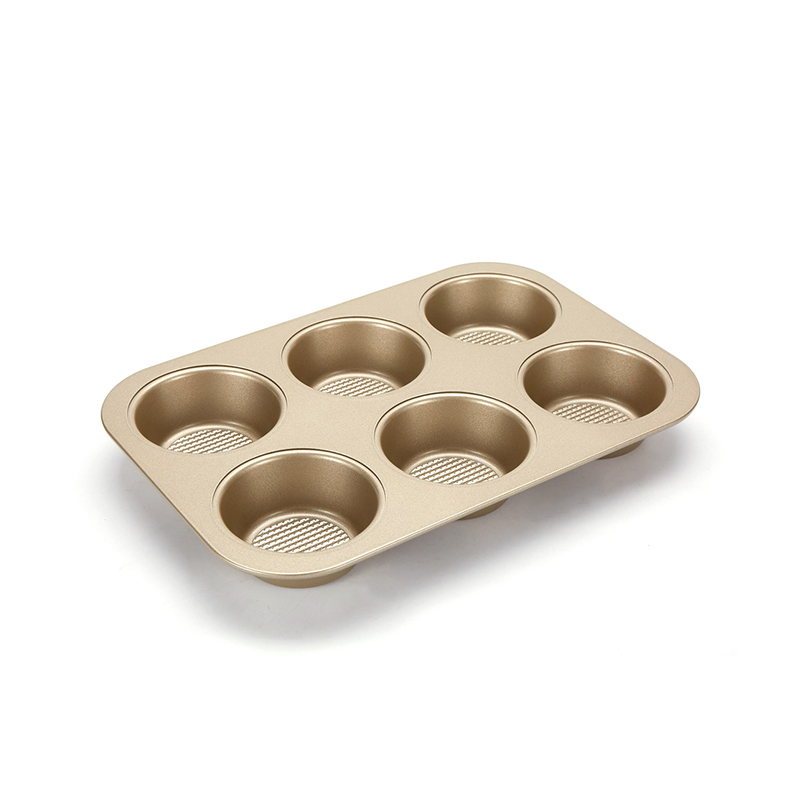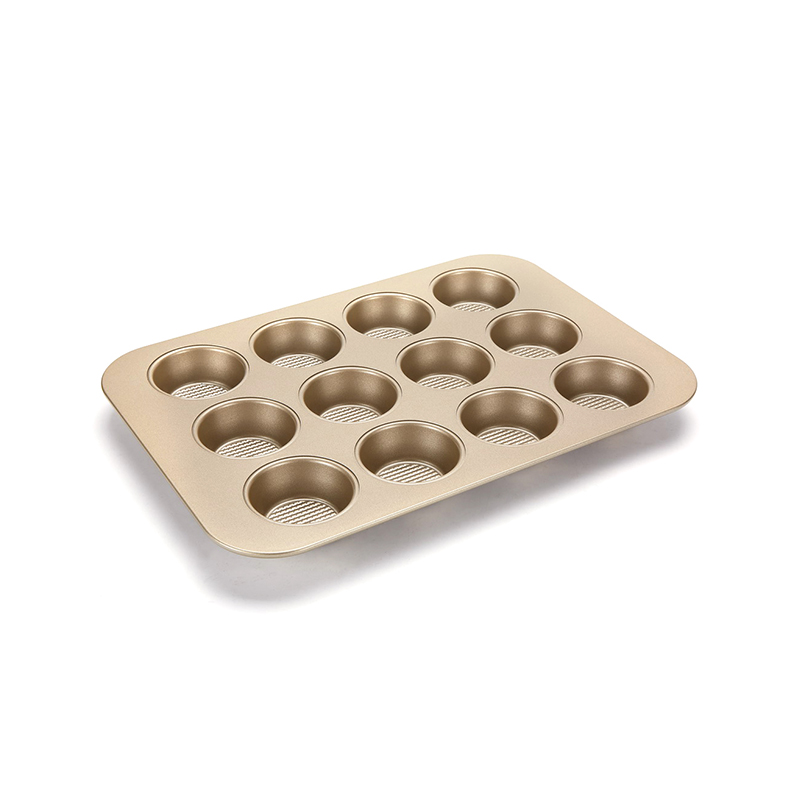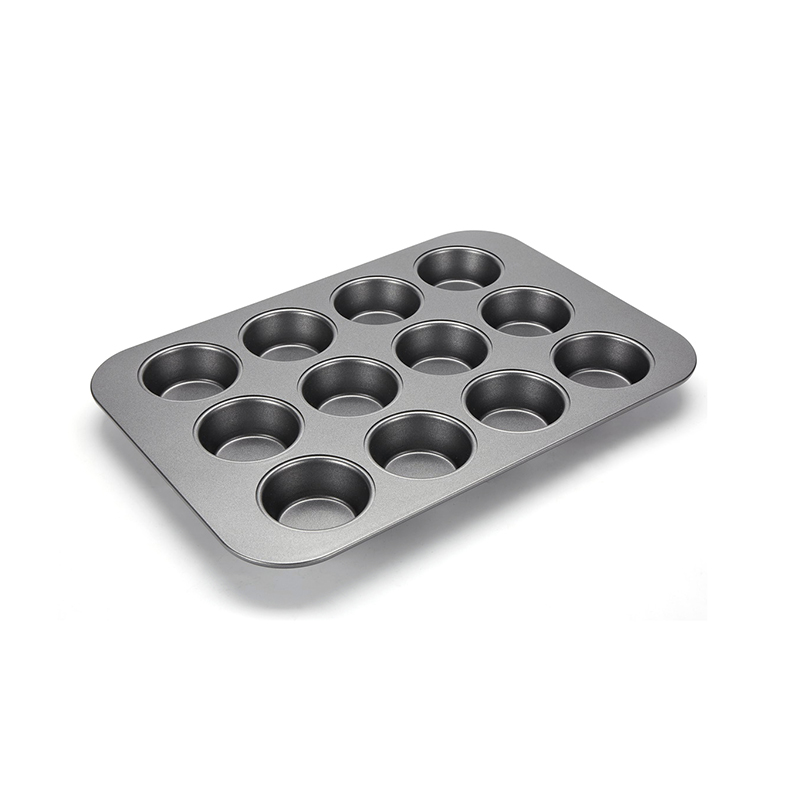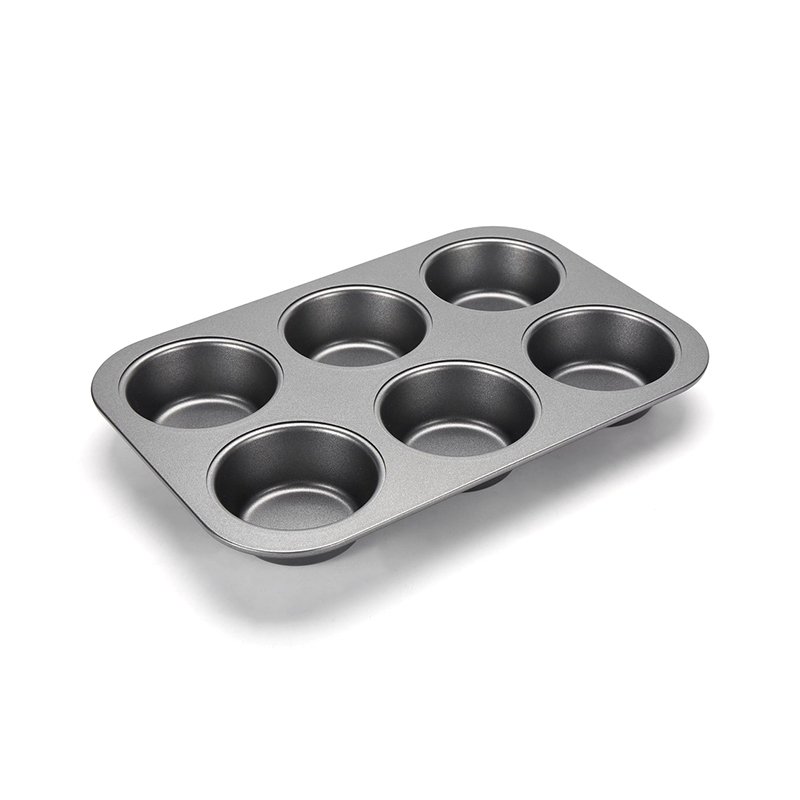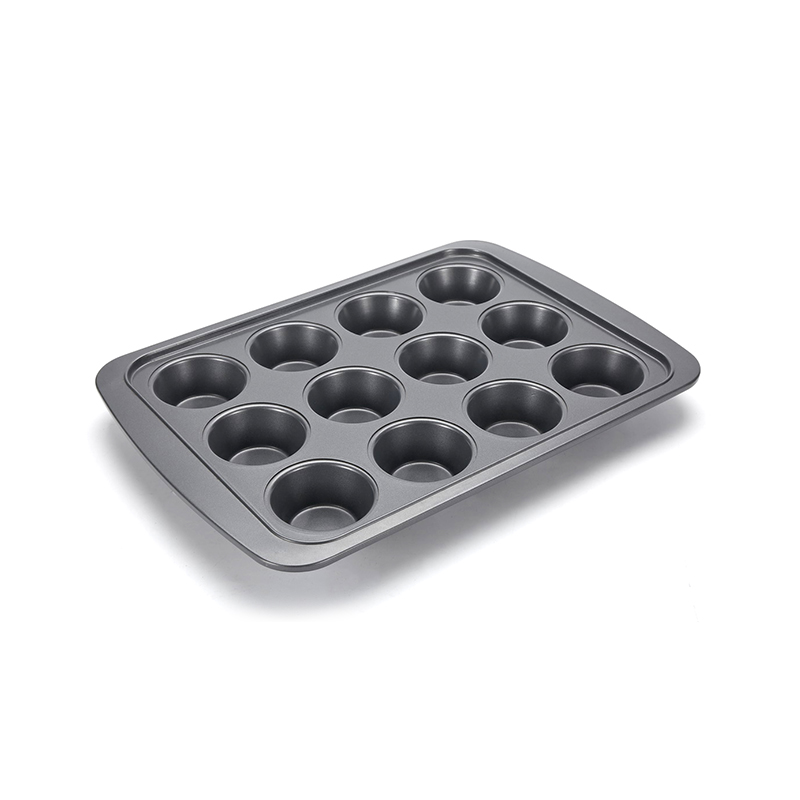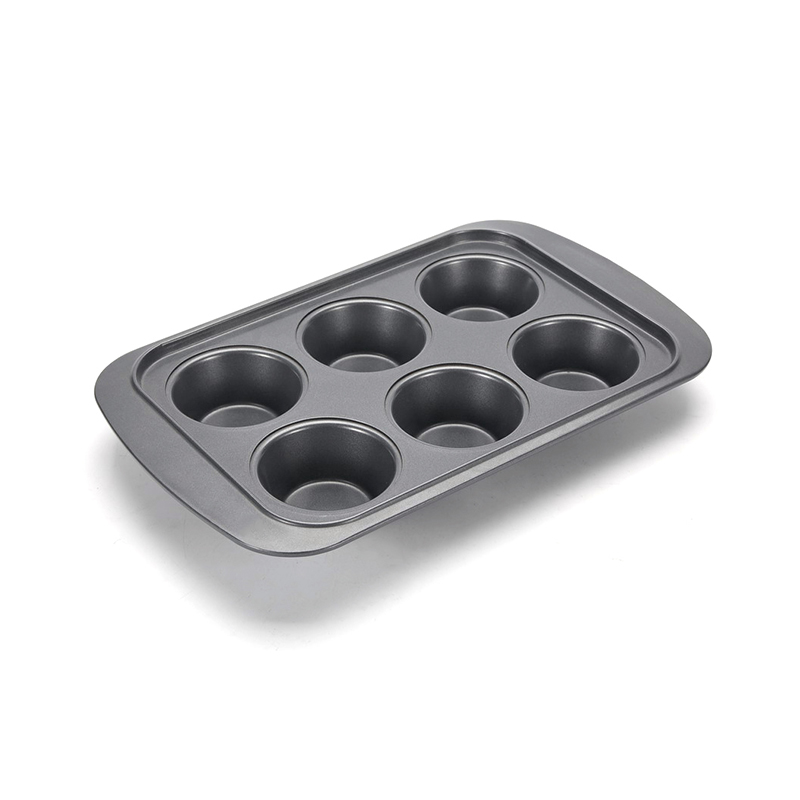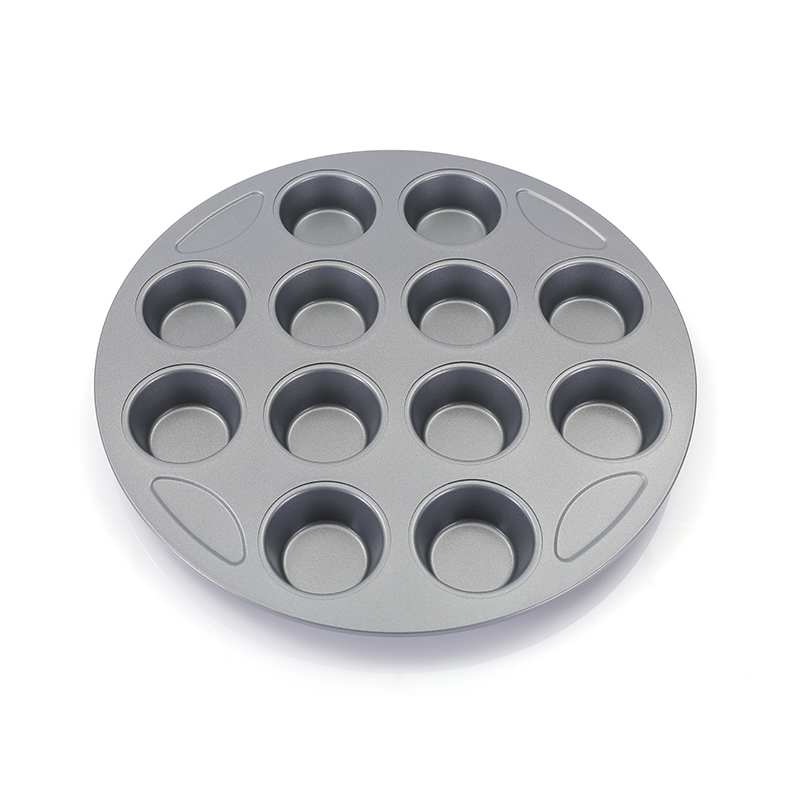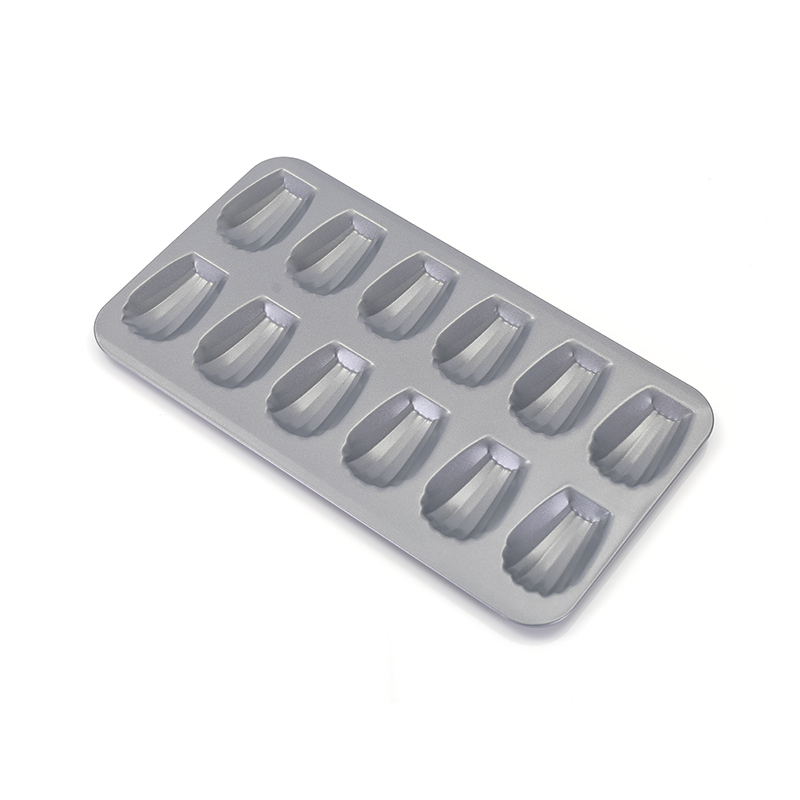Baking is an art that requires precision and the right tools to achieve the perfect results. One of the most crucial tools in any baker's arsenal is the baking pan. Whether you're preparing a delicate cake, a hearty loaf of bread, or a savory casserole, the right baking pan can make all the difference. In this article, we'll explore the importance of baking pans, the factors to consider when choosing one, and how they can enhance your baking experience.
Baking pans are incredibly versatile and can be used for a wide variety of recipes. They are essential for baking cakes, where the even heat distribution ensures a perfectly risen and evenly baked result. Whether you're making a simple sponge cake or a more elaborate multi-layered creation, the right baking pan can help you achieve professional-looking results. Baking pans are also indispensable for baking bread. From rustic loaves to delicate brioches, the right pan can help the dough rise evenly and maintain its shape during baking, resulting in a beautiful, evenly baked loaf with a crisp crust and a tender crumb.
In addition to cakes and bread, baking pans are great for making casseroles and other baked dishes. Casseroles are versatile dishes that can be made with a variety of ingredients, from vegetables and meat to pasta and cheese. A baking pan provides the perfect environment for cooking a casserole, allowing the ingredients to cook evenly and meld together. The high sides of the pan help to contain the ingredients and prevent them from spilling over, making it easy to clean up afterwards.
Roasting vegetables is another great use for baking pans. Roasting brings out the natural sweetness of vegetables and gives them a delicious caramelized exterior. A baking pan with a low profile and a large surface area is perfect for roasting vegetables. Simply toss your vegetables in a little oil, salt, and pepper, spread them out in the baking pan, and roast them in the oven. The result is a delicious side dish that is sure to please even the pickiest eaters.
When choosing a baking pan, there are several factors to consider. The material of the pan is important, as it can affect the heat distribution and durability of the pan. Common materials include aluminum, stainless steel, and cast iron.
Aluminum baking pans are lightweight and conduct heat well, making them ideal for baking cakes and pastries. They heat up quickly and evenly, ensuring that your baked goods cook uniformly. However, aluminum pans can warp over time if not handled properly, so it is important to take good care of them.
Stainless steel baking pans are more durable than aluminum pans and can withstand high temperatures without warping. This makes them perfect for roasting and baking casseroles. Stainless steel pans also have a non-reactive surface, which means they won't impart any flavors to your baked goods. However, stainless steel does not conduct heat as well as aluminum, so it may take longer for your baked goods to cook. To compensate for this, you may need to adjust your baking time and temperature.
Cast iron baking pans are the most durable of all. They are heavy and can retain heat for a long time, making them ideal for cooking dishes that require a lot of heat retention. Cast iron pans are great for baking cornbread, roasted meats, and other dishes that need a crispy crust. However, they are also the heaviest and can be difficult to handle. Additionally, cast iron pans require special care to prevent rusting and maintain their seasoning.




 English
English  Deutsch
Deutsch  Español
Español 